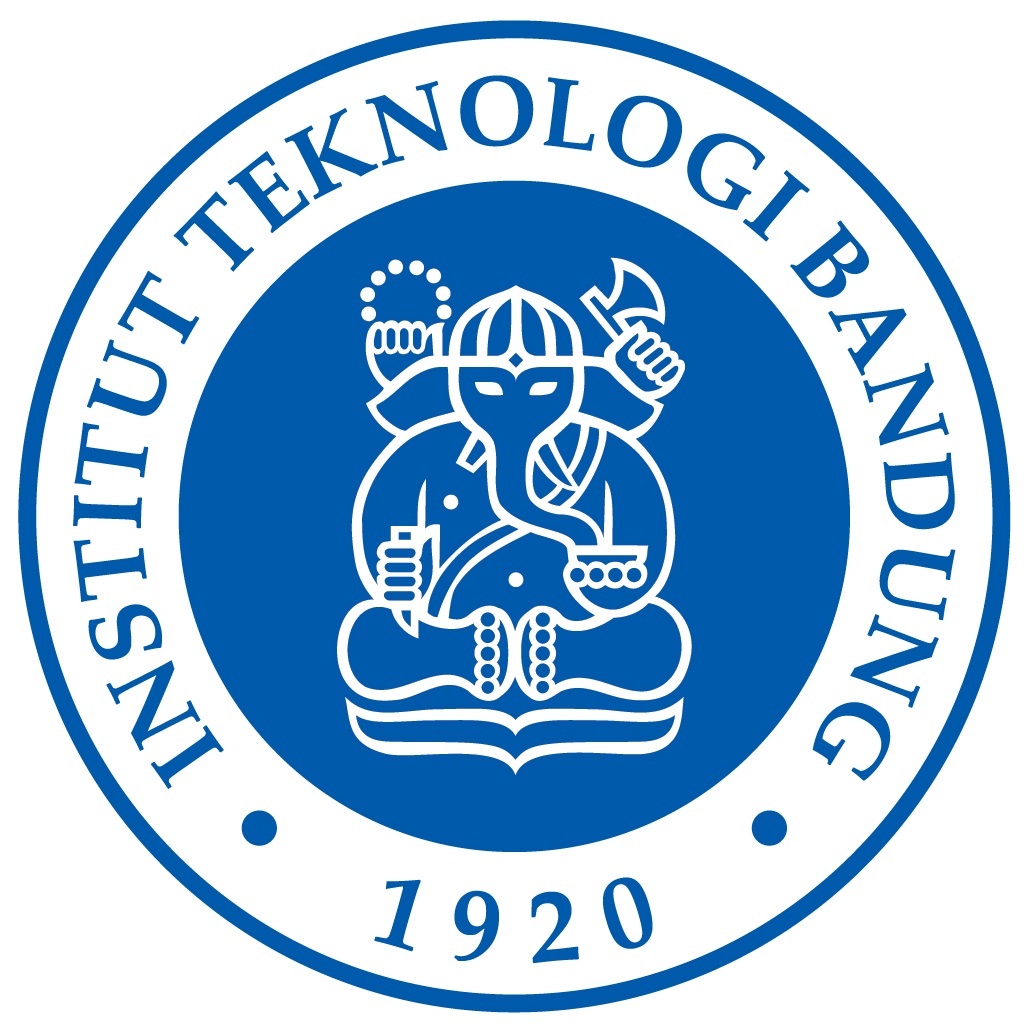

Sopandi Sunarya
Critical land is unproductive land as an indicator that land degradation has occurred, so that its productivity is decreasing. Likewise, critical land around the Citarum watershed is a problem in itself in the river sustainability system. The challenge of land management around the Citarum watershed is how to manage land that does not have a negative effect (high erosion/sedimentation) on the river and still has a positive (productive) effect on society. Increasing land productivity must continue to be carried out so that it has an effect on society in 3 aspects, namely: ecological, economic and social. These three aspects can be developed by applying the components that make up agroforestry. One of the important components in agroforestry which is predicted to have a positive effect on the ecological-economic-social-cultural side is: through the introduction of honey bees. Thus, agroforestry will become increasingly complex and will create a "Fire-Agroforestry" system. The aim of this activity is to expand agroforestry-based land management (combining agricultural crops and forest plants), increase the capacity of community groups in honey bee cultivation techniques, and introduce Apis cerana bee colonies into the agroforestry system to achieve an Api-Agroforestry land management system. The method used is a community participatory approach with modifications in the form of innovation and technology input. The training method is carried out to increase the community's capacity in cultivating honey bees (this is also the focus in applying innovation and technology from the world of academia to the community. Introduction of bee colonies is a method carried out by procuring Apis cerana bees in the community with the hope that the community will not only gain insight, It is also technically practical to cultivate honey bees. The results of the activity have been planting forest plant species in the form of Jabon (Neolamarckia cadamba) combined with MPTs (Avocado/Persea americana) and (Durian/Durio). zibethinus). For other plants, in the form of agricultural crops, it is carried out independently by the community. The training is carried out for groups of 20 community members who are residents around the agroforestry development with the following materials: 1). Integration of Agroforestry with honey bee cultivation; 2). Introduction of bee food in the Api-Agroforestry cultivation system in the community; and 3). Honey bee cultivation techniques to increase people's income. To achieve a Fire-Agroforestry management system in the community, bee colonies were introduced so that the community could directly carry out efforts to cultivate honey bees. It is hoped that this effort can have an effect on mitigating floods and landslides in the community land management system around the Citarum watershed, Cikundul sub-watershed.
Expansion of Agroforestry-based land management (+ 1 Ha). Introduction of Apis cerana honey bees in optimizing community land use systems to achieve an Api-Agroforestry system. Increasing community capacity in cultivating Apis cerana bees
"Benefits for society; can change the culture of the land management system that can balance environmental functions with economic functions. It is hoped that the environmental function will create a land management system that can mitigate flooding and erosion, including holding back water runoff into the Citarum Watershed (Cikundul Sub-Watershed). Economic value as community income can be obtained from products (wood, fruit and honey bees). Benefits for the Faculty or School, increasing the role of lecturers in interacting with the community as a form of implementation of innovation and technology in the Faculty/School to the community. Benefits for ITB, adding assisted villages that can make ITB's positive contribution to the wider community. ITB's role as a higher education institution is increasingly felt to be of benefit to society. Global benefits, through a community land use system with Fire-Agroforestry (if carried out massively and become a community culture), will have a positive impact on global environmental conditions. At a minimum, it will have a positive effect on maintaining the river or watershed ecosystem in general."